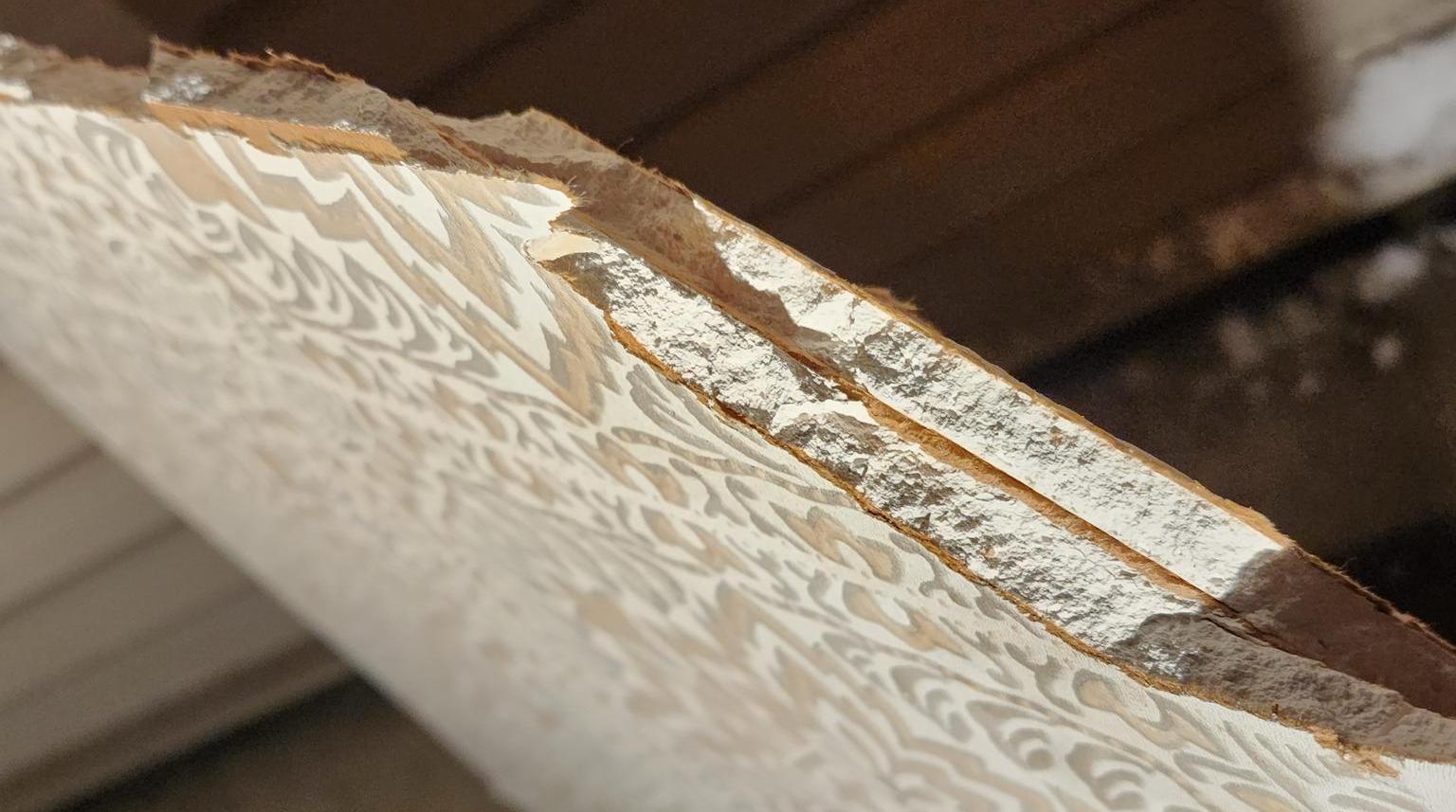

Articles
How To Tell If Ceiling Tiles Are Asbestos
Modified: August 17, 2024
Learn how to determine if your ceiling tiles contain asbestos with this informative article. Protect your health and safety by understanding the signs and risks.
(Many of the links in this article redirect to a specific reviewed product. Your purchase of these products through affiliate links helps to generate commission for Storables.com, at no extra cost. Learn more)
Introduction
Ceiling tiles are a common feature in many homes and commercial buildings, providing a practical and aesthetic solution for concealing wiring, pipes, and structural elements. However, for structures built before the 1980s, there is a potential concern regarding the presence of asbestos in these ceiling tiles. Asbestos, a naturally occurring mineral known for its heat resistance and durability, was a popular component in various building materials for decades. Despite its advantageous properties, extensive research has linked asbestos exposure to severe health risks, including lung disease and cancer. Therefore, understanding how to identify and manage asbestos-containing ceiling tiles is crucial for maintaining a safe and healthy indoor environment.
In this comprehensive guide, we will delve into the history of asbestos in ceiling tiles, explore the potential health risks associated with asbestos exposure, and provide valuable insights into identifying, testing, and safely removing asbestos-containing ceiling tiles. By the end of this article, you will have a clear understanding of the steps to take if you suspect that your ceiling tiles may contain asbestos, empowering you to make informed decisions to safeguard the well-being of occupants and occupants of the affected space. Let's embark on this enlightening journey to demystify the presence of asbestos in ceiling tiles and equip ourselves with the knowledge to address this important issue.
Key Takeaways:
- Asbestos in ceiling tiles can pose serious health risks, so it’s important to test and safely remove them if present, ensuring a healthy indoor environment for everyone.
- Identifying and managing asbestos in ceiling tiles requires professional testing and safe removal procedures to protect against exposure and create safer living and working spaces.
Read more: How To Tell If Siding Is Asbestos
What is Asbestos?
Asbestos is a group of naturally occurring minerals that are composed of long, thin fibrous crystals. Due to its exceptional resistance to heat, fire, and chemicals, asbestos has been utilized in a wide range of applications, including insulation, roofing materials, flooring, and ceiling tiles. The most common types of asbestos found in construction materials are chrysotile, amosite, and crocidolite, with chrysotile being the most prevalent form used in the United States.
Despite its advantageous properties, asbestos poses a significant health risk when its fibers are released into the air and subsequently inhaled or ingested. Once inside the body, these microscopic fibers can become lodged in the lungs or other organs, leading to inflammation, scarring, and potentially causing serious health conditions such as asbestosis, lung cancer, and mesothelioma. The latency period between asbestos exposure and the development of related diseases can span several decades, making it imperative to address any potential asbestos-containing materials proactively.
Given the widespread use of asbestos in construction materials in the past, it is essential for homeowners, building occupants, and professionals in the construction and renovation industries to be knowledgeable about the characteristics of asbestos and the associated health risks. With this understanding, individuals can take appropriate measures to identify and manage asbestos-containing materials, thereby minimizing the risk of exposure and protecting the well-being of those within the built environment.
History of Asbestos in Ceiling Tiles
The incorporation of asbestos in ceiling tiles dates back to the early to mid-20th century when the mineral’s fire-resistant properties made it an attractive choice for enhancing the safety and durability of building materials. Asbestos-containing ceiling tiles were particularly favored for their ability to mitigate the risk of fire and provide effective insulation, contributing to their widespread use in residential, commercial, and industrial structures.
During the peak of asbestos utilization, which spanned from the 1940s to the 1970s, ceiling tiles were among the many construction materials that commonly contained asbestos. These tiles, often manufactured in a variety of sizes, textures, and designs to suit different architectural styles, offered an affordable and visually appealing solution for concealing the structural components of ceilings while providing acoustic and thermal benefits.
However, as the detrimental health effects of asbestos exposure became increasingly evident, regulations and bans on the use of asbestos in building materials were implemented in numerous countries. In the United States, the Environmental Protection Agency (EPA) issued a phased ban on the manufacturing, importation, and processing of asbestos-containing products, including ceiling tiles, with the final rule taking effect in 1989.
Despite the ban, many structures constructed before the 1980s still contain asbestos-containing ceiling tiles, posing a potential risk of exposure if these materials are disturbed during renovation, maintenance, or demolition activities. As a result, it is crucial for property owners, facility managers, and construction professionals to be vigilant in identifying and addressing the presence of asbestos in ceiling tiles to prevent the release of hazardous fibers into the indoor environment.
Understanding the historical context of asbestos in ceiling tiles underscores the importance of proactive measures to assess and manage the risk of asbestos exposure, ensuring the safety and well-being of individuals who may come into contact with these materials.
Health Risks of Asbestos Exposure
Exposure to asbestos fibers poses significant health risks, primarily affecting the respiratory system and potentially leading to severe, life-threatening conditions. When asbestos-containing materials are disturbed or damaged, microscopic fibers can be released into the air, posing a danger to anyone in the vicinity. Inhalation of these fibers can result in their accumulation in the lungs and other organs, setting the stage for long-term health complications.
One of the most well-known health risks associated with asbestos exposure is the development of mesothelioma, a rare and aggressive form of cancer that affects the thin lining of the lungs, abdomen, or heart. Mesothelioma has been conclusively linked to asbestos exposure, with individuals who have encountered asbestos in their occupational or environmental settings being at heightened risk of developing this devastating disease.
Furthermore, prolonged exposure to asbestos fibers can lead to the development of asbestosis, a chronic lung disease characterized by inflammation and scarring of lung tissue. Asbestosis can cause progressive respiratory impairment, leading to symptoms such as persistent coughing, shortness of breath, and diminished lung function, significantly impacting an individual’s quality of life.
In addition to mesothelioma and asbestosis, asbestos exposure is a known cause of lung cancer, particularly among individuals with a history of occupational asbestos exposure. The carcinogenic nature of asbestos fibers can induce genetic mutations in lung cells, contributing to the development of malignancies that can have dire consequences for affected individuals.
It is important to note that the latency period between asbestos exposure and the manifestation of related diseases can span several decades, making it imperative to address potential asbestos hazards proactively. Even low levels of exposure to asbestos fibers over an extended period can elevate the risk of developing asbestos-related diseases, underscoring the critical importance of minimizing exposure to these hazardous particles.
By understanding the grave health risks associated with asbestos exposure, individuals can prioritize the identification and management of asbestos-containing materials, thereby safeguarding the health and well-being of those who may be susceptible to the detrimental effects of asbestos fibers.
To determine if ceiling tiles contain asbestos, have them tested by a certified lab. Avoid disturbing the tiles to prevent asbestos fibers from being released into the air.
Identifying Asbestos in Ceiling Tiles
Identifying asbestos in ceiling tiles can be challenging, as visual inspection alone is insufficient to conclusively determine the presence of asbestos fibers. Asbestos-containing ceiling tiles often resemble non-asbestos tiles in appearance, making it essential to exercise caution and employ appropriate testing methods to ascertain the composition of the material.
One common indicator of the potential presence of asbestos in ceiling tiles is the manufacturing date of the building. Structures constructed before the 1980s are more likely to contain asbestos-containing materials, including ceiling tiles. However, this is not a definitive method of identification, and further testing is necessary to confirm the presence of asbestos fibers.
Physical characteristics such as the texture, color, and size of ceiling tiles do not provide reliable indications of asbestos content, as both asbestos and non-asbestos tiles can exhibit similar visual properties. As a result, it is crucial to engage qualified professionals who specialize in asbestos assessment to conduct thorough inspections and sampling of ceiling tiles for laboratory analysis.
During the inspection process, it is important to avoid disturbing the ceiling tiles, as this can release asbestos fibers into the air, posing a risk of exposure. Certified asbestos inspectors utilize specialized equipment and techniques to collect samples of the suspect materials without causing fiber release, ensuring the safety of the occupants and workers involved in the assessment process.
Laboratory analysis of the collected samples is conducted to determine the presence and concentration of asbestos fibers within the ceiling tiles. This rigorous testing process provides definitive results regarding the asbestos content, enabling informed decision-making regarding the management or abatement of the materials.
Given the potential health risks associated with asbestos exposure, it is imperative to approach the identification of asbestos in ceiling tiles with the utmost care and adherence to established protocols. By engaging qualified professionals and utilizing accredited testing methods, property owners and building occupants can gain clarity regarding the presence of asbestos in ceiling tiles, facilitating the implementation of appropriate risk management strategies.
Read more: How To Remove Asbestos Tile Floor
Testing for Asbestos in Ceiling Tiles
Testing for asbestos in ceiling tiles is a crucial step in determining the presence of asbestos fibers and assessing the potential risk of exposure. Given the health hazards associated with asbestos, it is essential to engage accredited professionals to conduct comprehensive testing using approved methodologies and equipment.
When initiating the testing process, it is imperative to prioritize safety measures to prevent the release of asbestos fibers into the surrounding environment. Certified asbestos inspectors employ meticulous techniques to collect samples of the suspect ceiling tiles without causing disturbance or fiber release. This involves utilizing specialized tools to carefully obtain representative samples while minimizing the risk of fiber dispersion.
Once the samples are collected, they are meticulously packaged and transported to accredited laboratories equipped to perform thorough analysis of asbestos content. These laboratories employ stringent protocols and state-of-the-art instrumentation to examine the samples for the presence and concentration of asbestos fibers, yielding precise and reliable results.
The testing process typically involves microscopic examination and analytical techniques such as polarized light microscopy (PLM) and transmission electron microscopy (TEM) to identify asbestos fibers within the samples. Through these methodologies, the type of asbestos present and its quantity can be determined, providing essential insights for informed decision-making regarding the management of the ceiling tiles.
Upon receiving the testing results, property owners, facility managers, and construction professionals can gain clarity regarding the asbestos content in the ceiling tiles, enabling them to devise appropriate risk management strategies. In cases where asbestos is confirmed to be present, measures such as encapsulation or professional abatement may be pursued to mitigate the risk of fiber release and exposure.
By engaging qualified professionals and adhering to established testing protocols, individuals can effectively address the potential presence of asbestos in ceiling tiles, thereby safeguarding the health and well-being of those who may come into contact with these materials. Proactive testing and risk assessment are essential components of responsible asbestos management, ensuring a safe and healthy indoor environment for occupants and workers.
Removing Asbestos Ceiling Tiles
When asbestos-containing ceiling tiles are identified, the safe and proper removal of these materials is paramount to prevent the release of hazardous fibers and minimize the risk of exposure. Asbestos abatement, including the removal of asbestos-containing materials, is a highly regulated process that necessitates the expertise of certified professionals equipped to execute the abatement procedures in accordance with established guidelines and regulations.
Prior to the commencement of asbestos ceiling tile removal, a thorough risk assessment is conducted to evaluate the scope of the abatement project and determine the appropriate abatement methods. This assessment encompasses considerations such as the condition and location of the ceiling tiles, potential impact on occupants, and the implementation of containment measures to prevent fiber dispersion.
During the removal process, stringent containment measures are implemented to isolate the work area and prevent the spread of asbestos fibers. This typically involves the establishment of airtight enclosures, the use of specialized negative air pressure systems, and the deployment of protective barriers to limit the movement of fibers beyond the abatement zone.
Certified asbestos abatement professionals utilize meticulous techniques to carefully remove the asbestos-containing ceiling tiles without causing fiber release. This may involve wetting the materials to suppress dust and employing precise removal methods to minimize disturbance and fiber dispersion.
Following the safe removal of the asbestos-containing ceiling tiles, thorough cleaning and decontamination of the work area are conducted to ensure the elimination of any residual asbestos fibers. This involves the use of specialized equipment and cleaning agents to meticulously sanitize the abatement zone and adjacent areas, mitigating the risk of potential exposure to asbestos particles.
Upon the completion of the asbestos ceiling tile removal and decontamination procedures, comprehensive air monitoring and clearance testing are performed to verify the absence of asbestos fibers in the treated area. These meticulous assessments provide assurance that the abatement activities have been executed effectively, and the indoor environment is safe for reoccupation.
By entrusting asbestos abatement to qualified professionals who adhere to industry regulations and best practices, property owners and occupants can ensure the safe and responsible management of asbestos-containing materials, protecting the health and well-being of individuals within the affected space. The meticulous execution of asbestos removal procedures is essential in safeguarding indoor environments and mitigating the potential risks associated with asbestos exposure.
Conclusion
The presence of asbestos in ceiling tiles represents a significant concern due to the potential health risks associated with exposure to asbestos fibers. Asbestos, renowned for its fire-resistant properties, was extensively utilized in construction materials, including ceiling tiles, before the recognition of its detrimental health effects. Structures constructed before the 1980s are particularly susceptible to containing asbestos-containing materials, necessitating proactive measures to assess and manage the risk of asbestos exposure.
Understanding the historical context of asbestos in ceiling tiles, the grave health risks associated with asbestos exposure, and the importance of rigorous testing and abatement procedures is essential for ensuring the safety and well-being of building occupants and workers. The identification of asbestos in ceiling tiles requires meticulous inspection and accredited testing methods to conclusively determine the presence of asbestos fibers, enabling informed decision-making regarding risk management strategies.
Testing for asbestos in ceiling tiles involves the collection of representative samples and comprehensive analysis by accredited laboratories, yielding precise results that guide the implementation of appropriate risk management measures. In cases where asbestos-containing ceiling tiles are confirmed, the safe and proper removal of these materials through asbestos abatement procedures is imperative to prevent the release of hazardous fibers and mitigate the risk of exposure.
By engaging certified professionals and adhering to established regulations and best practices, property owners and facility managers can effectively address the potential presence of asbestos in ceiling tiles, ensuring a safe and healthy indoor environment for occupants and workers. The meticulous execution of asbestos management procedures, including testing, abatement, and clearance testing, is essential in safeguarding indoor environments and mitigating the potential risks associated with asbestos exposure.
As we continue to prioritize the safety and well-being of individuals within the built environment, it is crucial to remain vigilant in identifying and managing asbestos-containing materials, thereby contributing to the creation of healthier and safer living and working spaces for present and future generations.
Now that you've learned about the potential dangers of asbestos in ceiling tiles, you might be considering some updates around your home. If sprucing up those floors is on your list, our guide on selecting top hardwood floors will surely come in handy. Whether you're tackling a full renovation or just refreshing a room, understanding your options can transform any space from bland to grand. Don't miss out on these essential insights for your next project!
Frequently Asked Questions about How To Tell If Ceiling Tiles Are Asbestos
Was this page helpful?
At Storables.com, we guarantee accurate and reliable information. Our content, validated by Expert Board Contributors, is crafted following stringent Editorial Policies. We're committed to providing you with well-researched, expert-backed insights for all your informational needs.
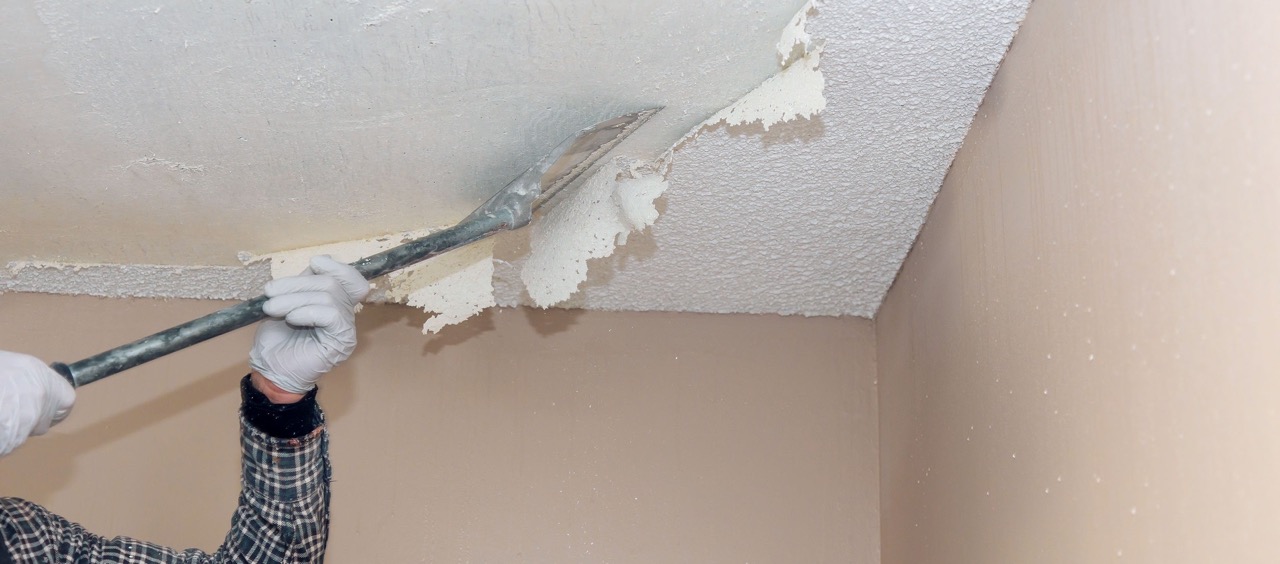
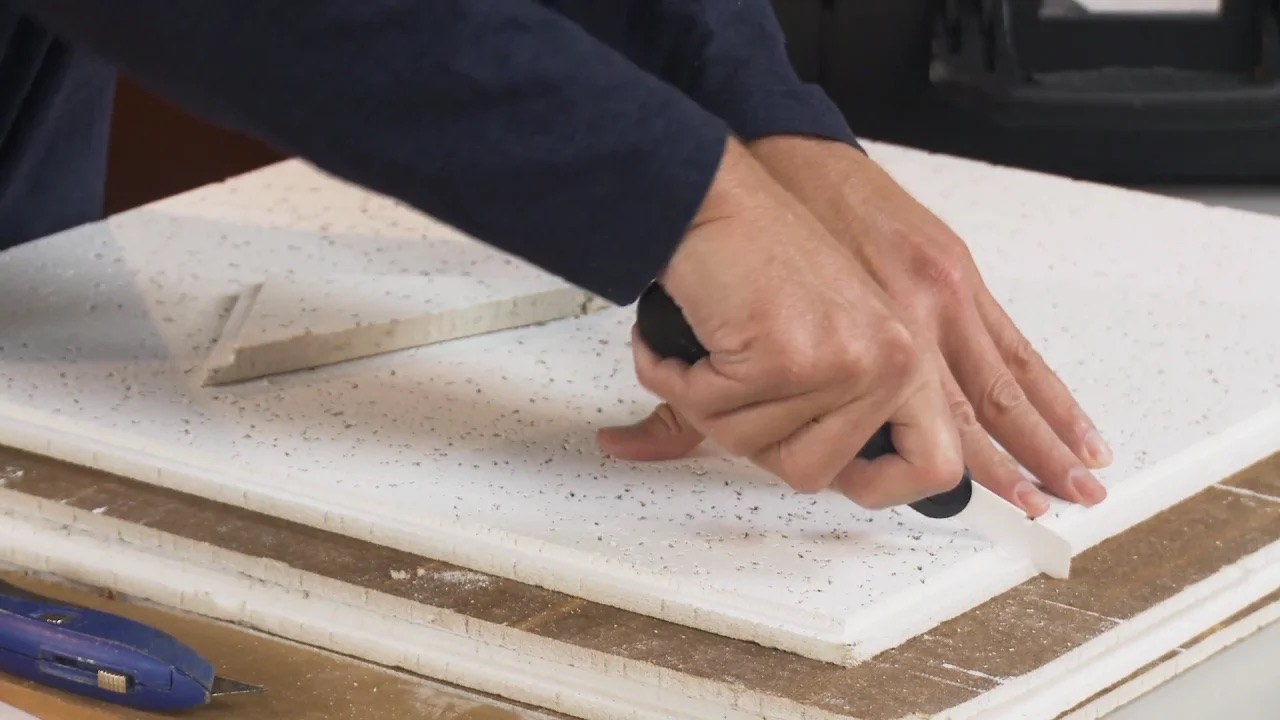
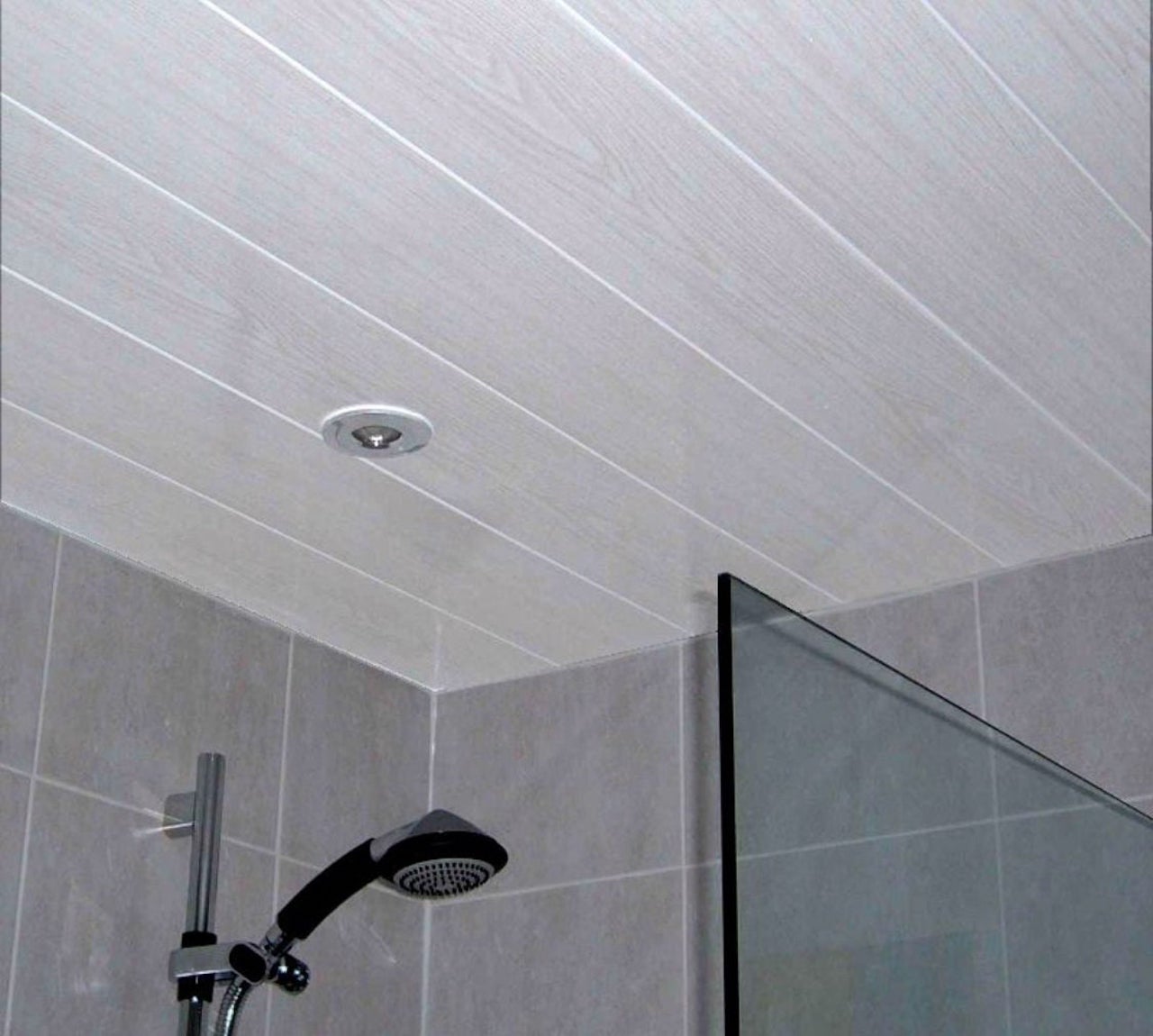
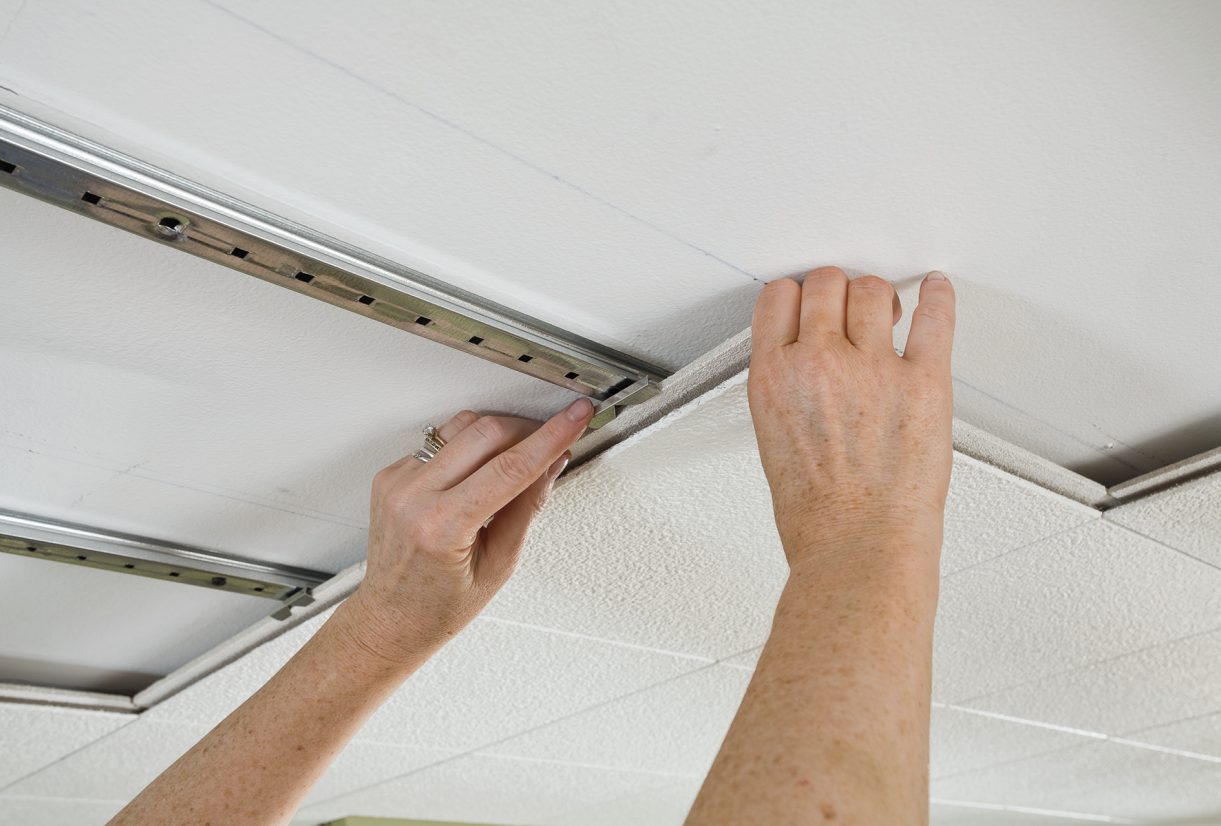

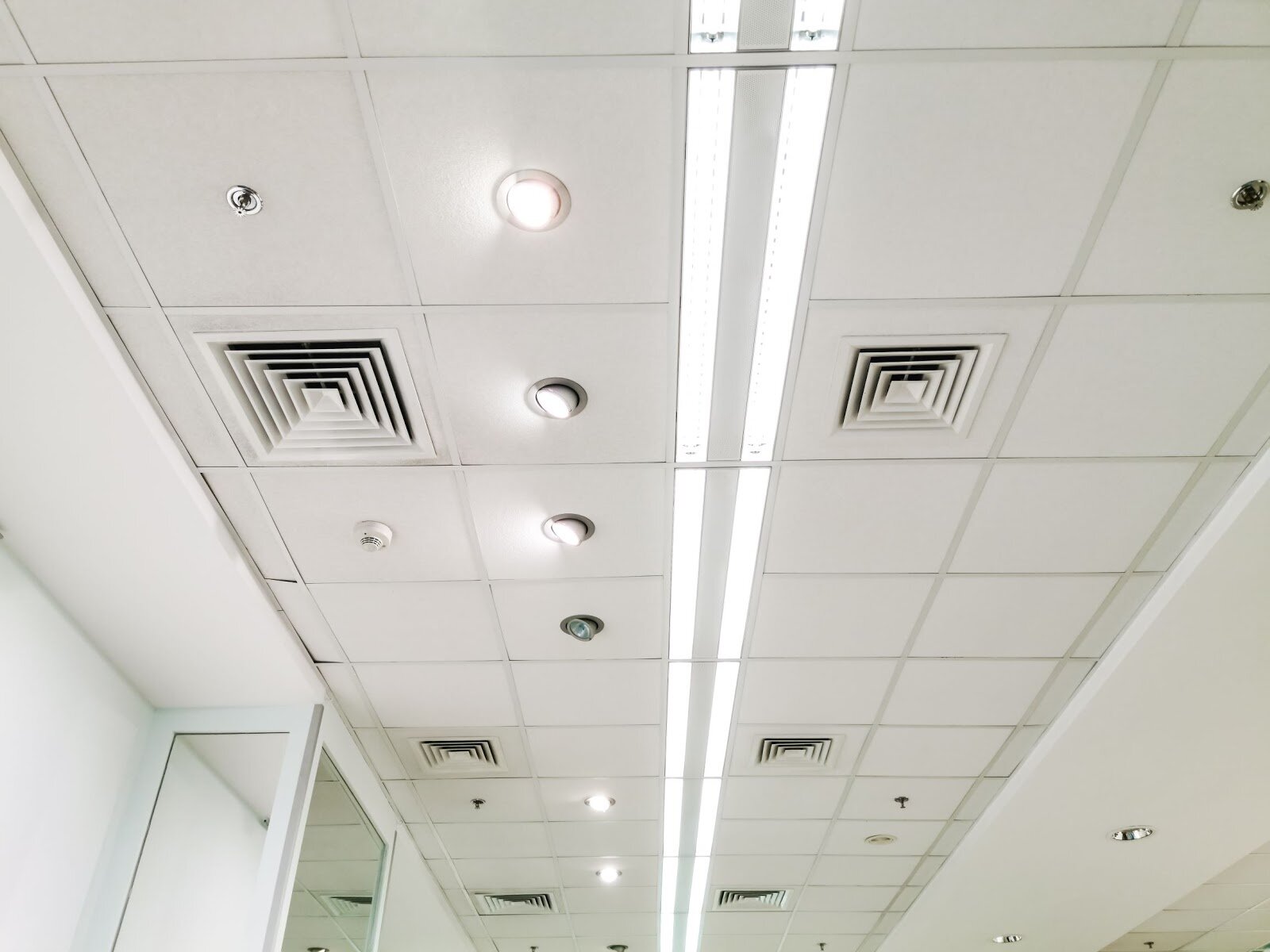
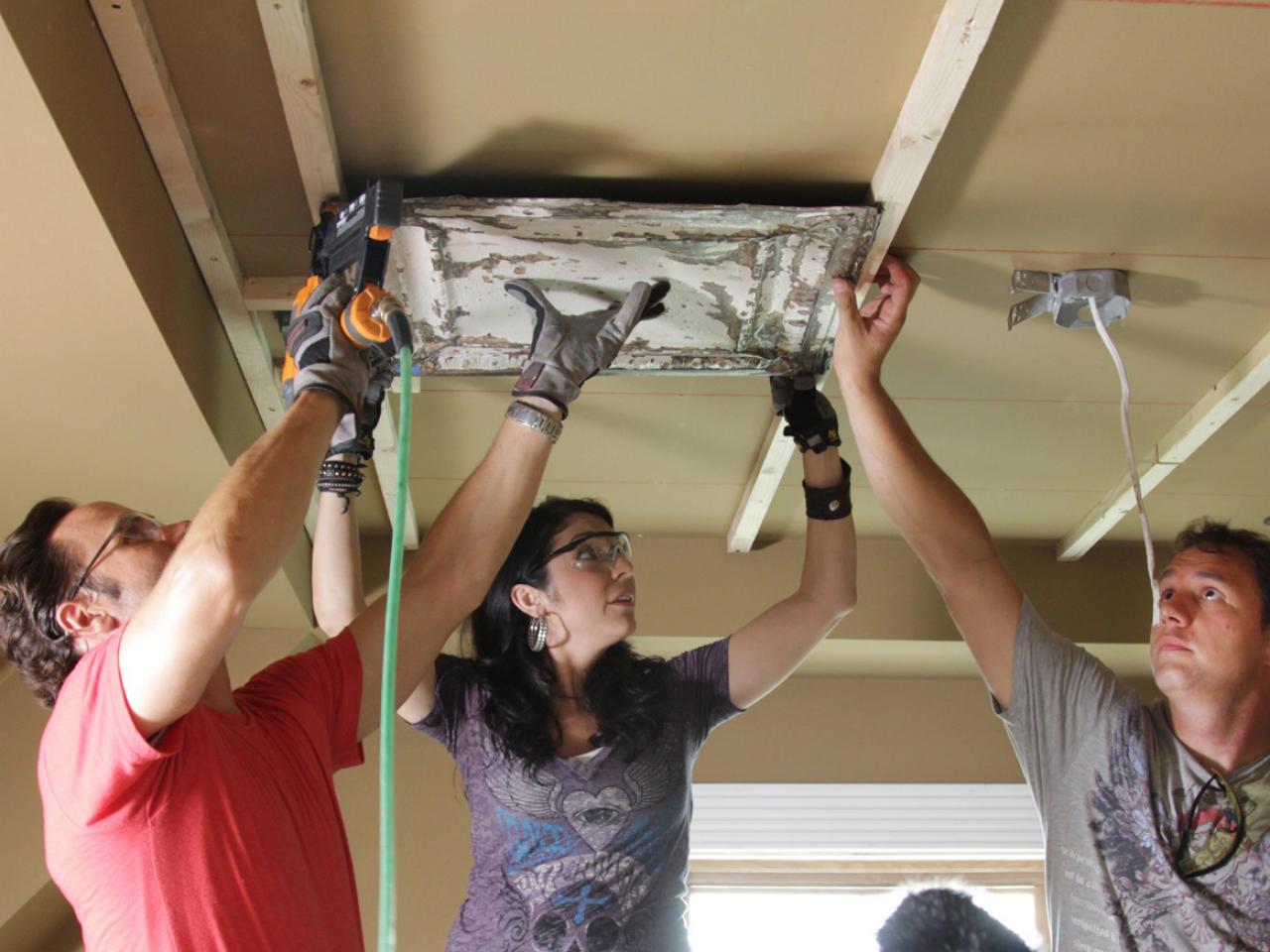
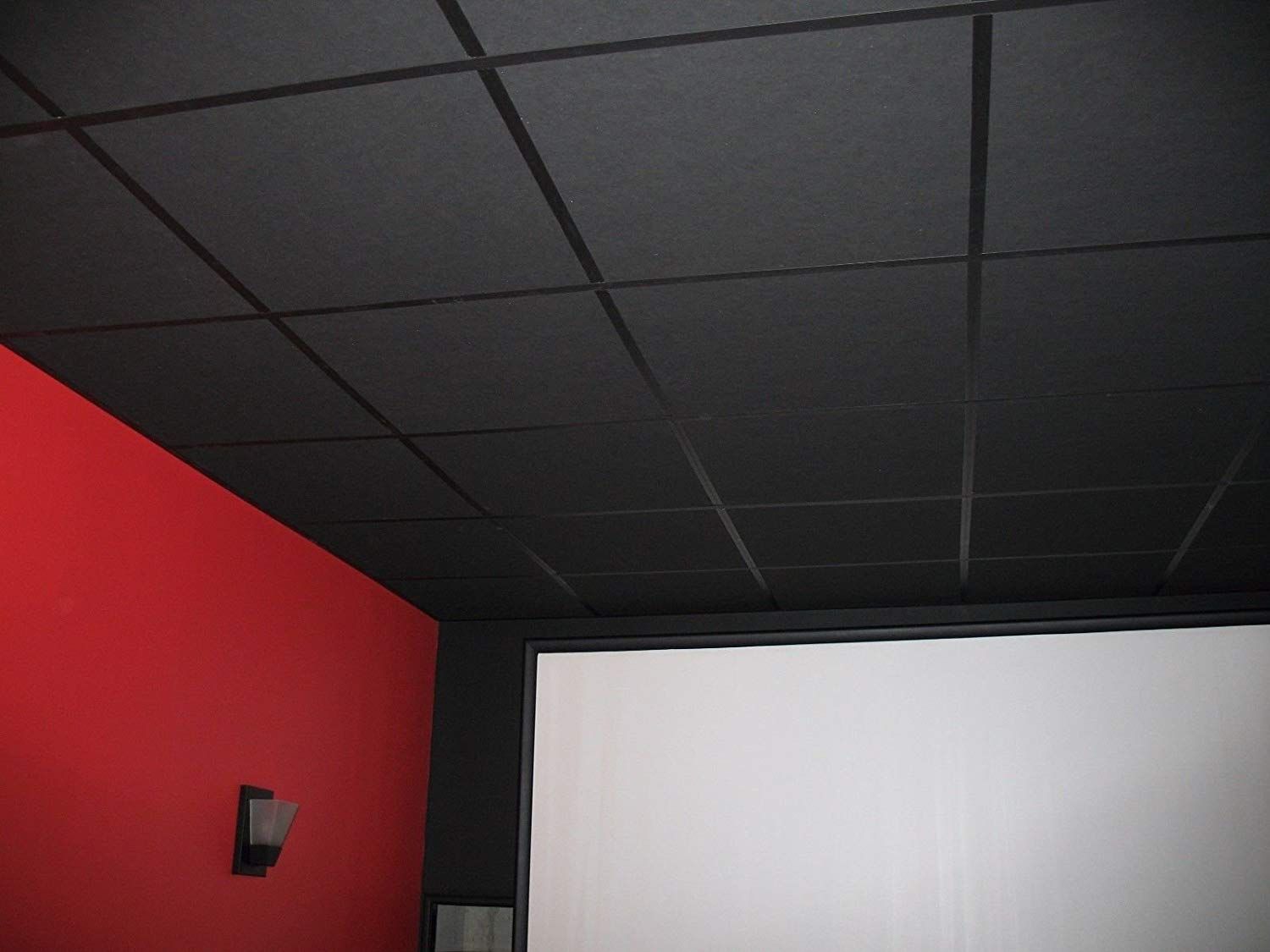
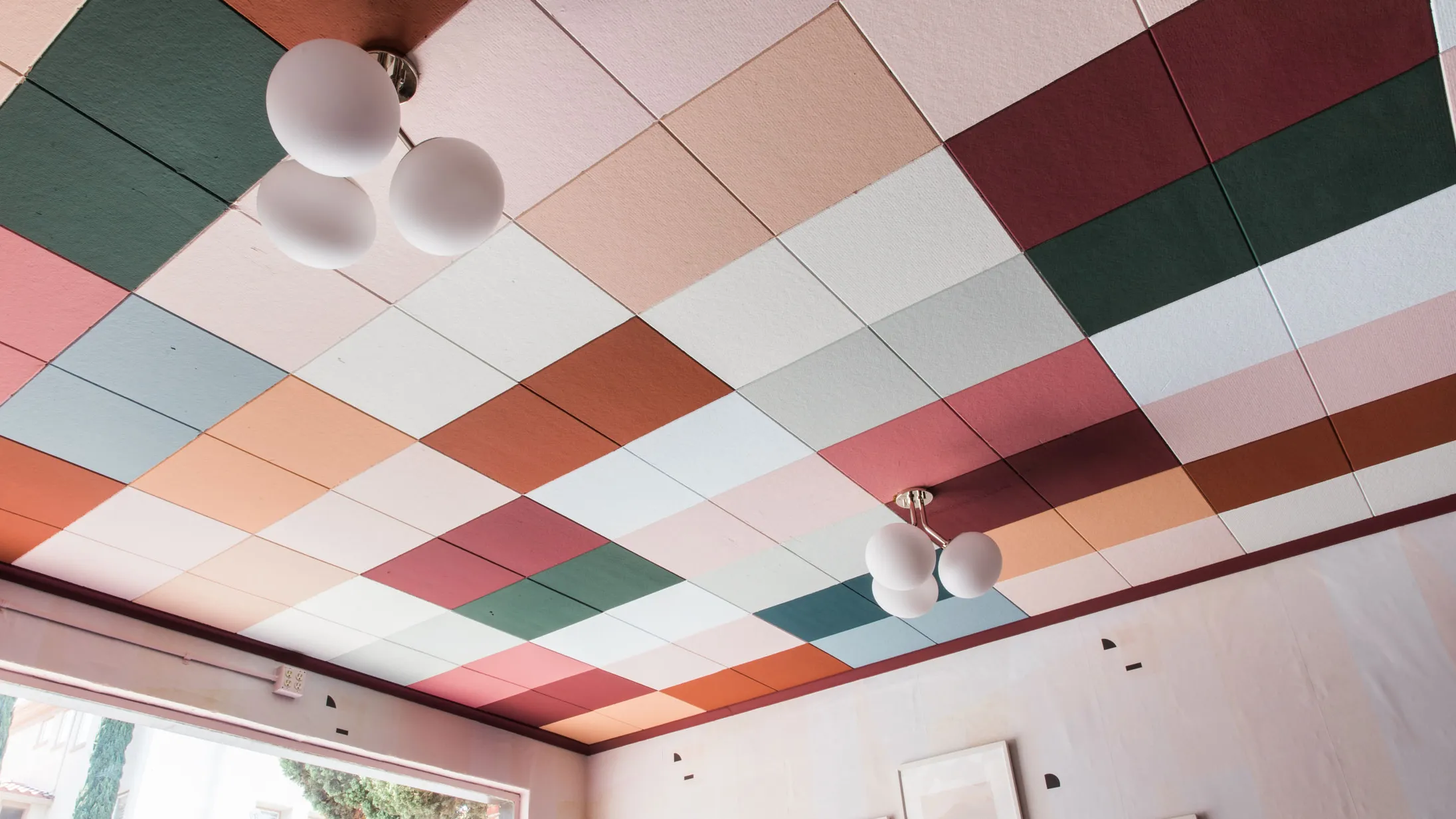
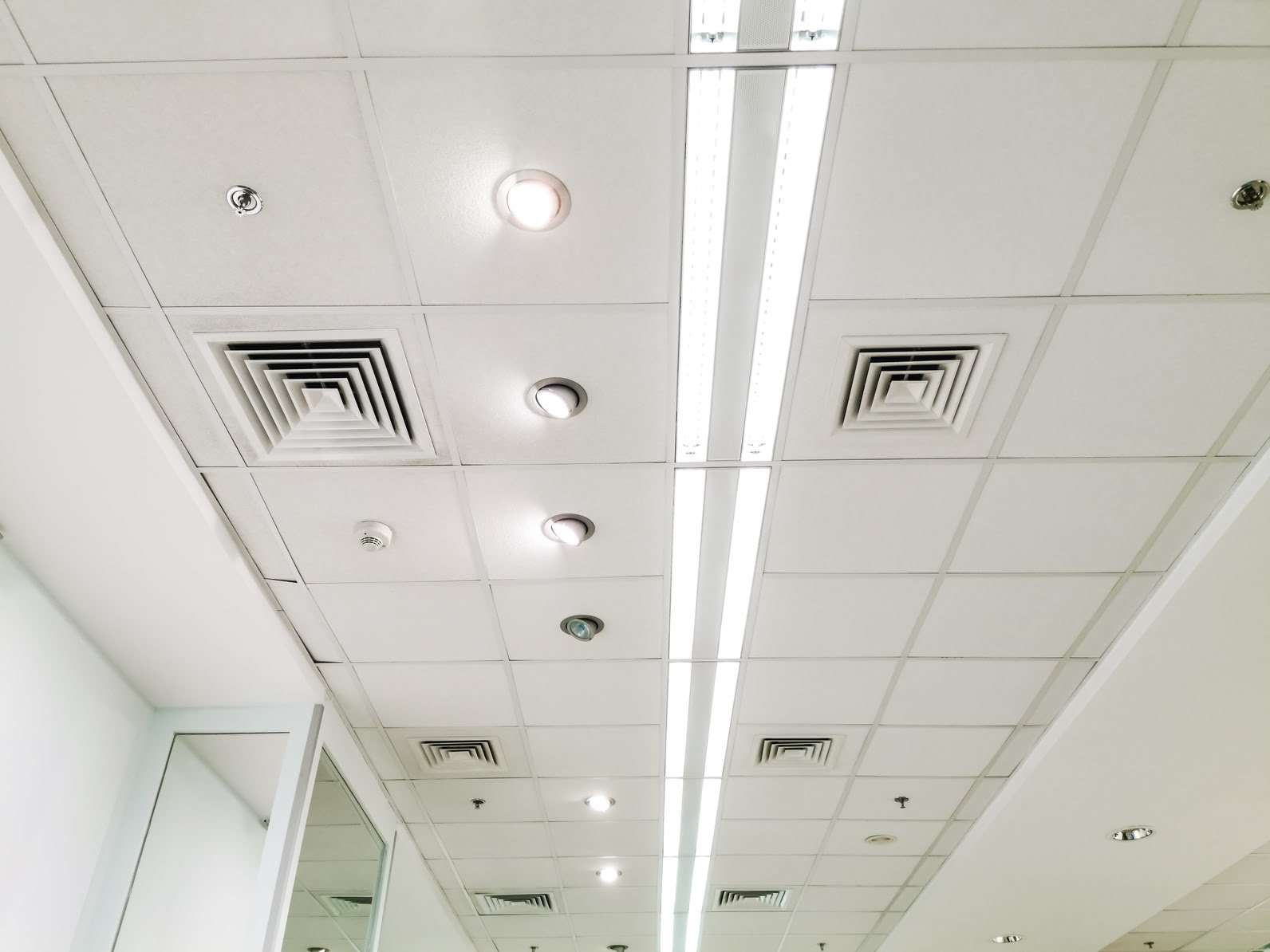
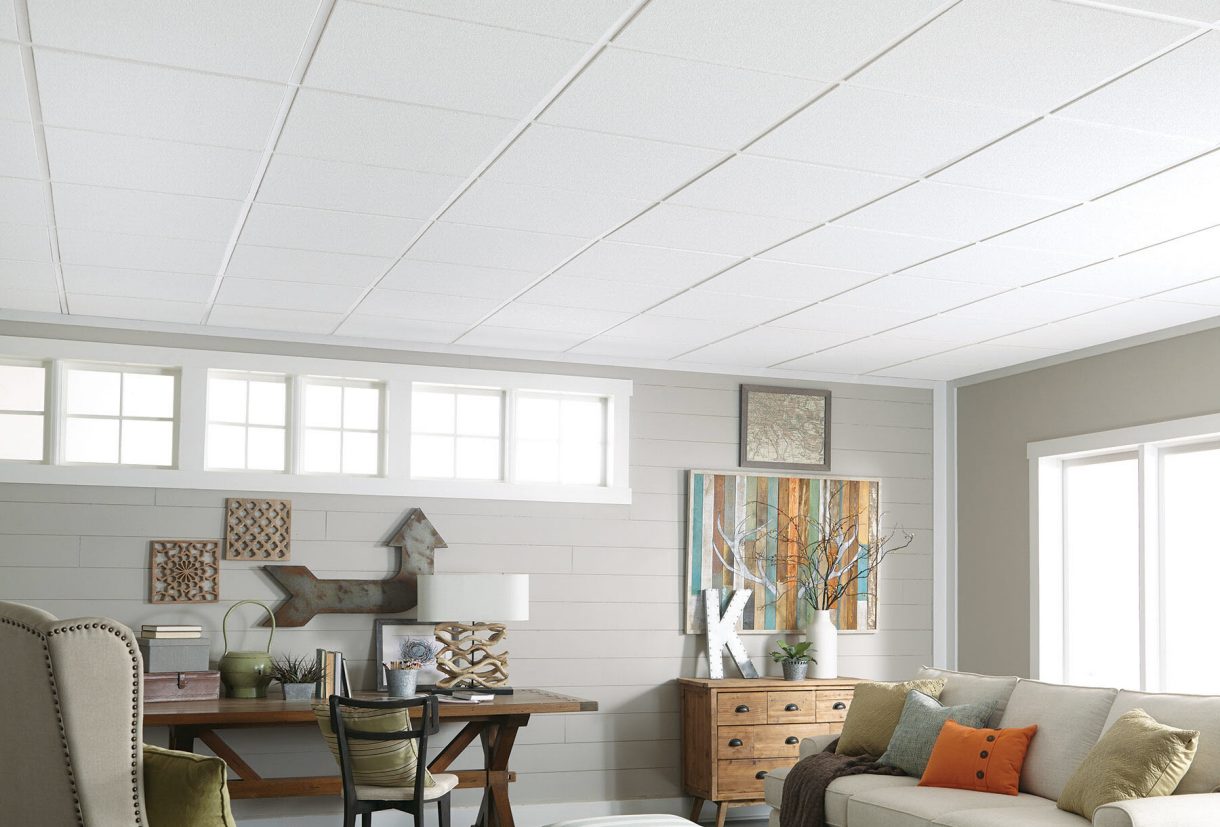
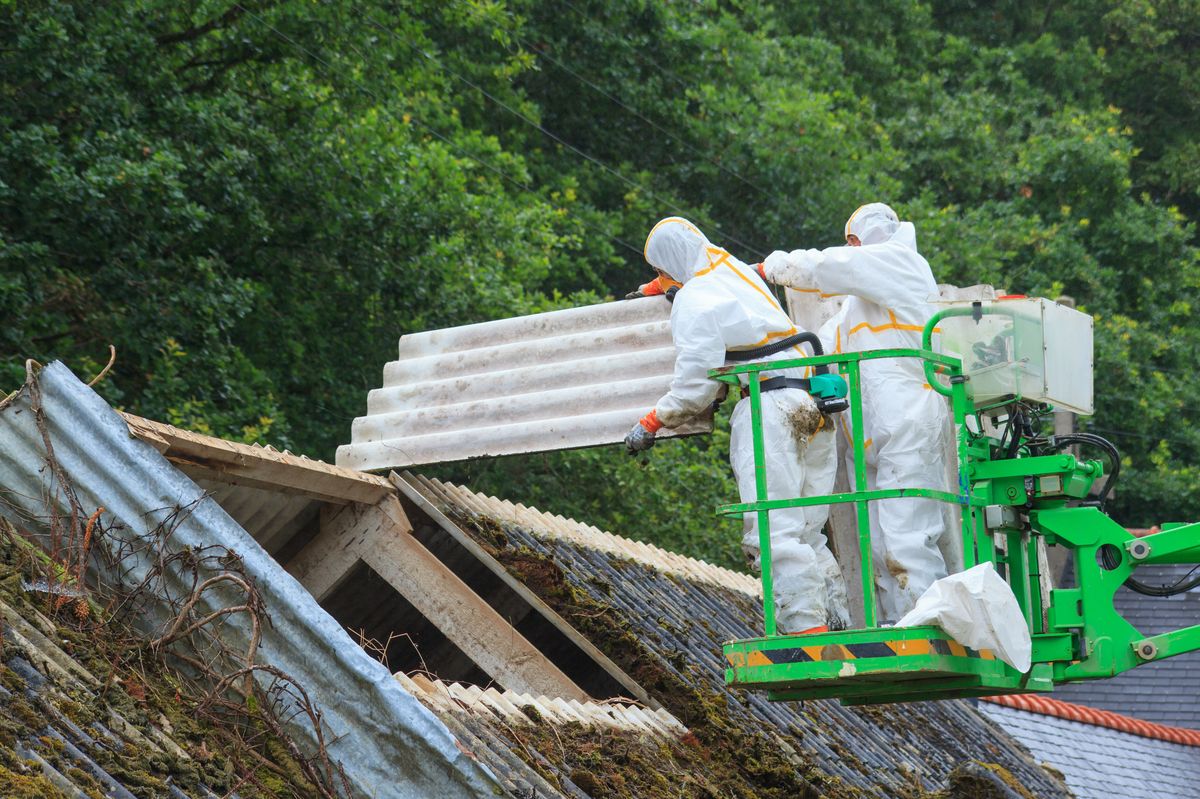
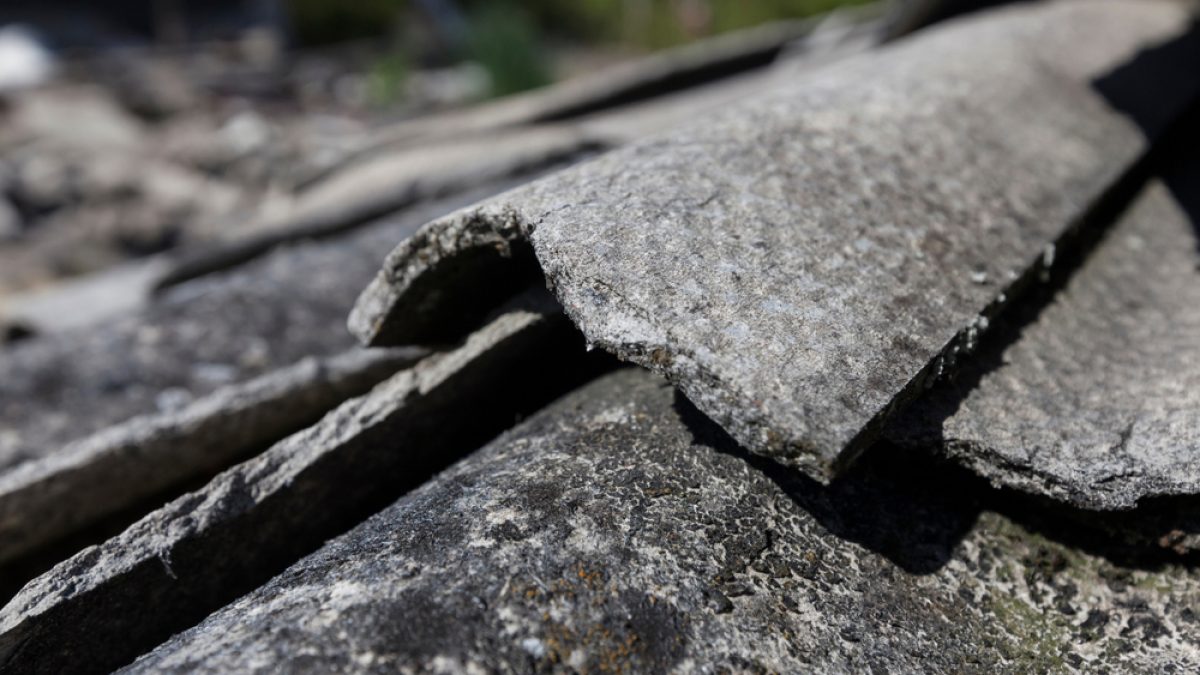
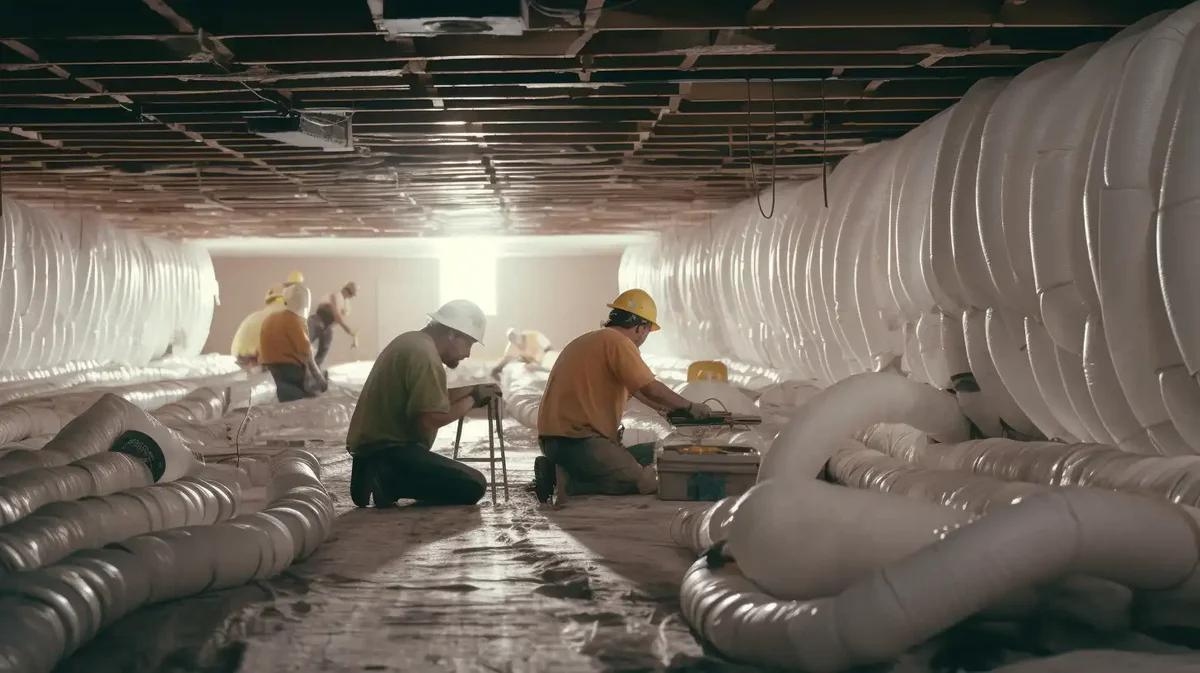

0 thoughts on “How To Tell If Ceiling Tiles Are Asbestos”